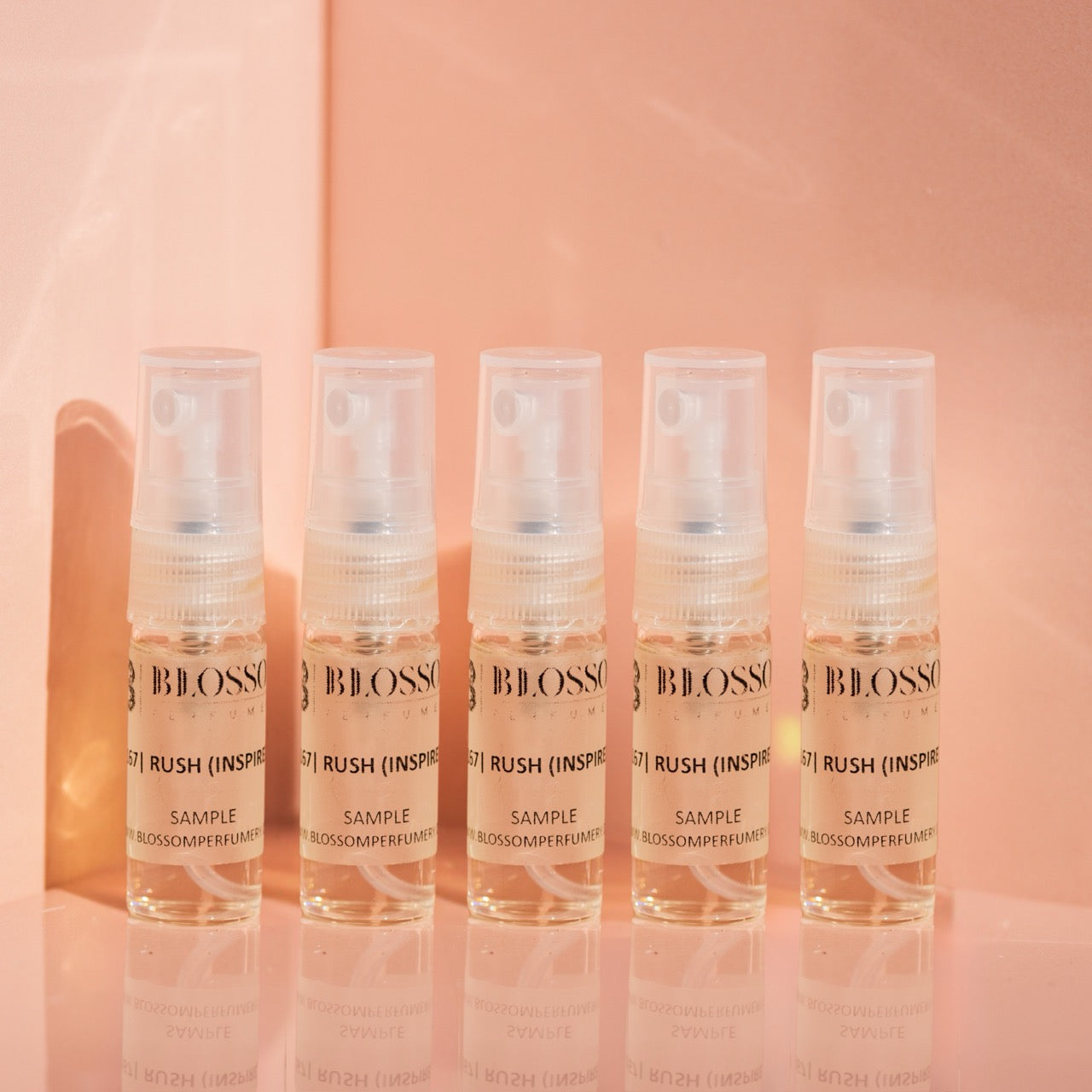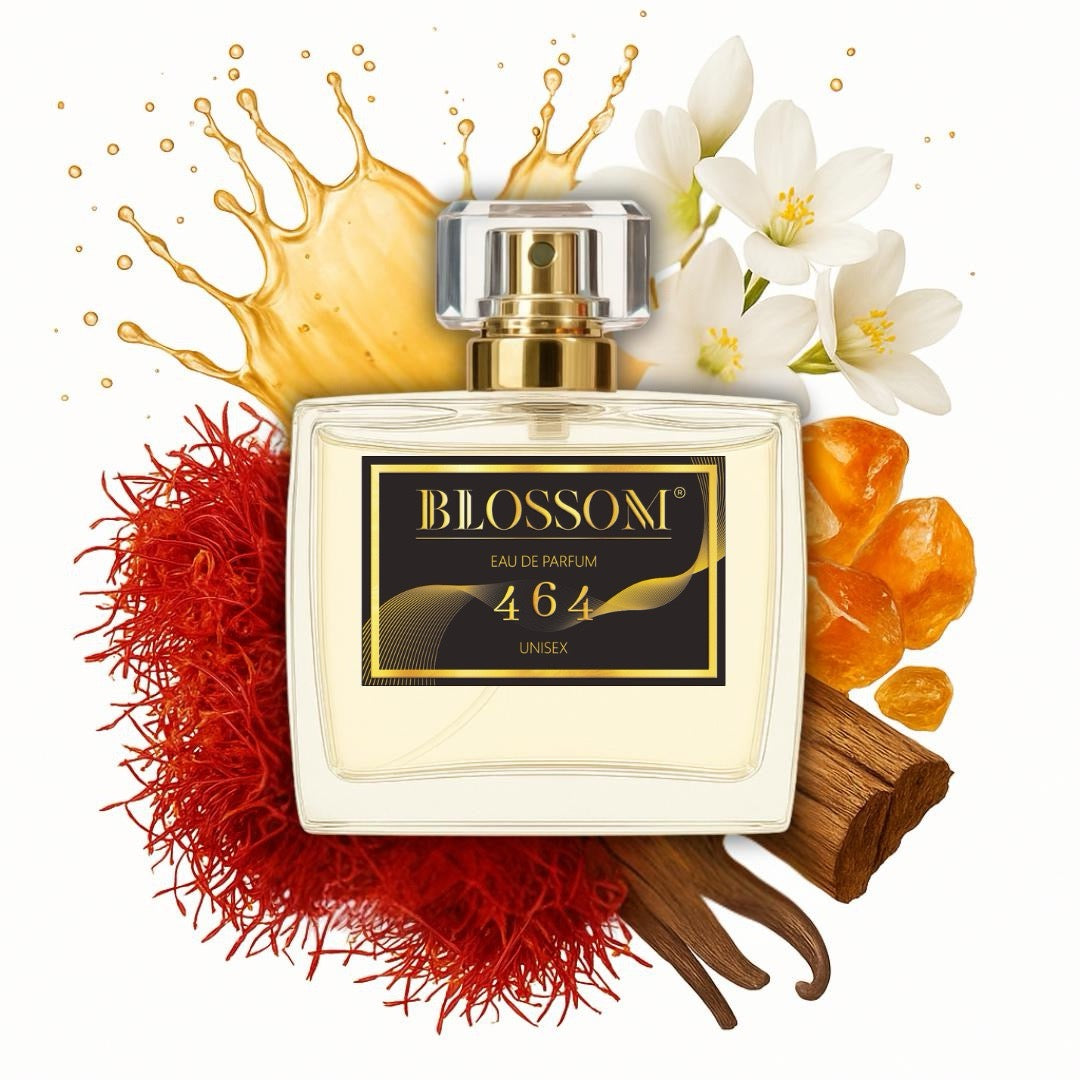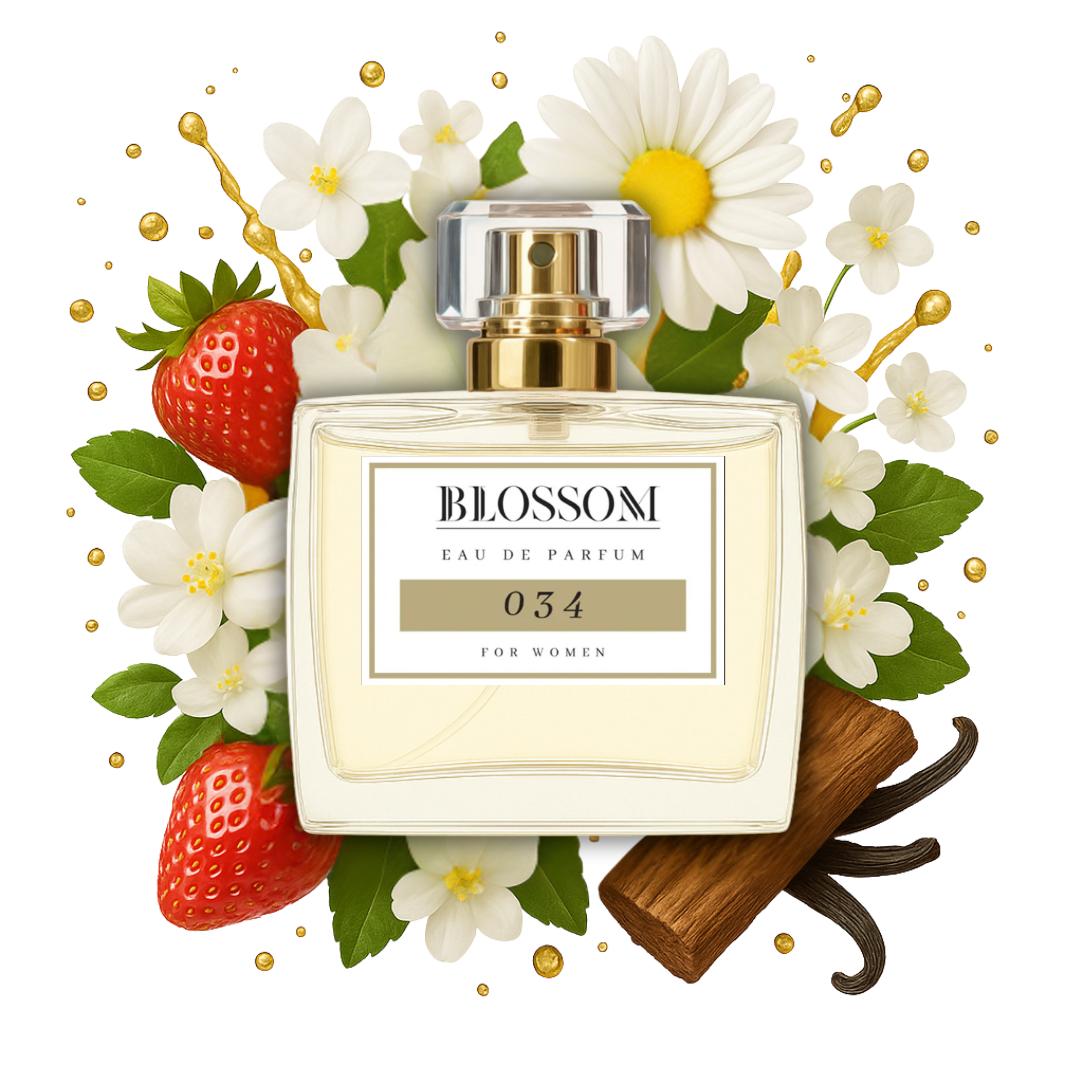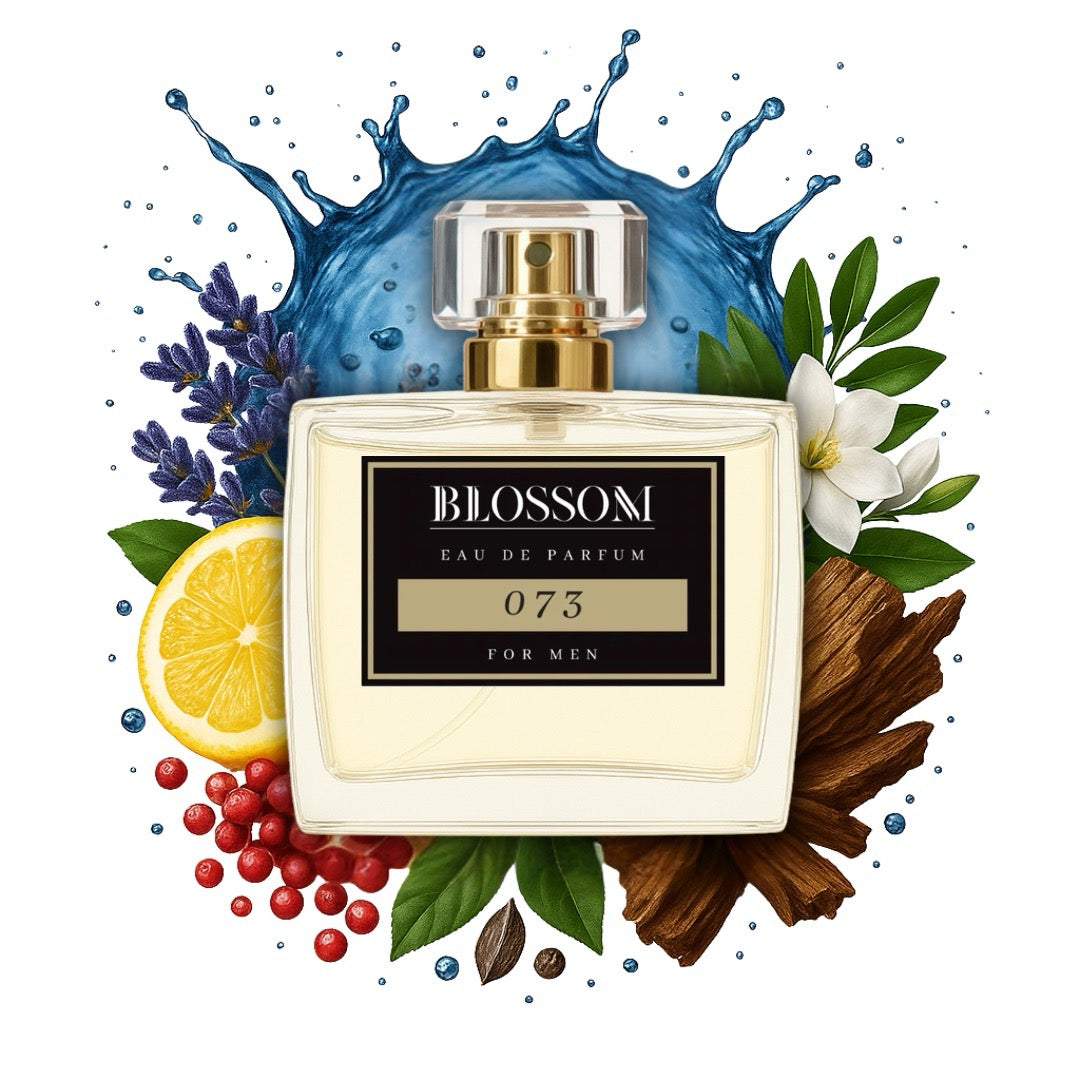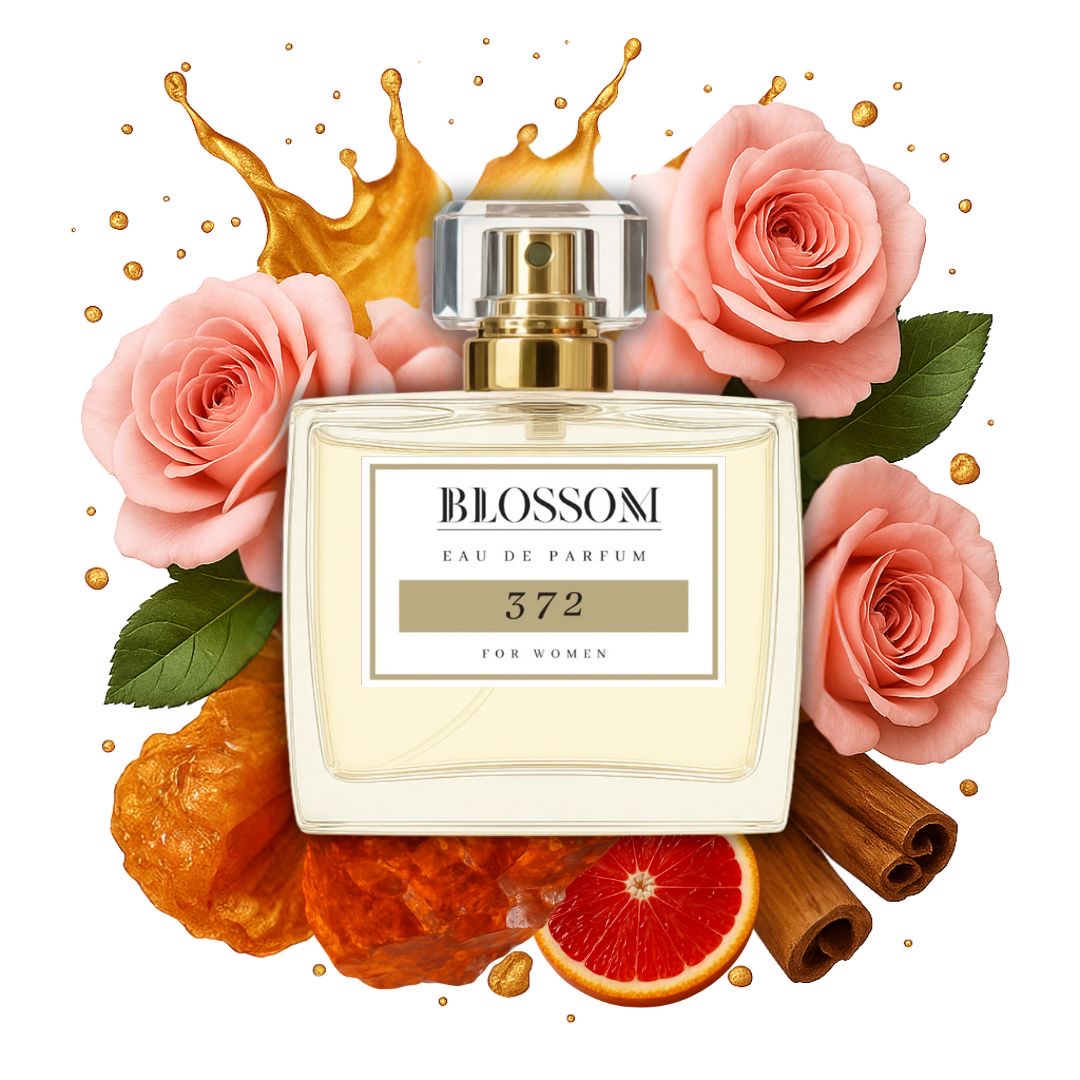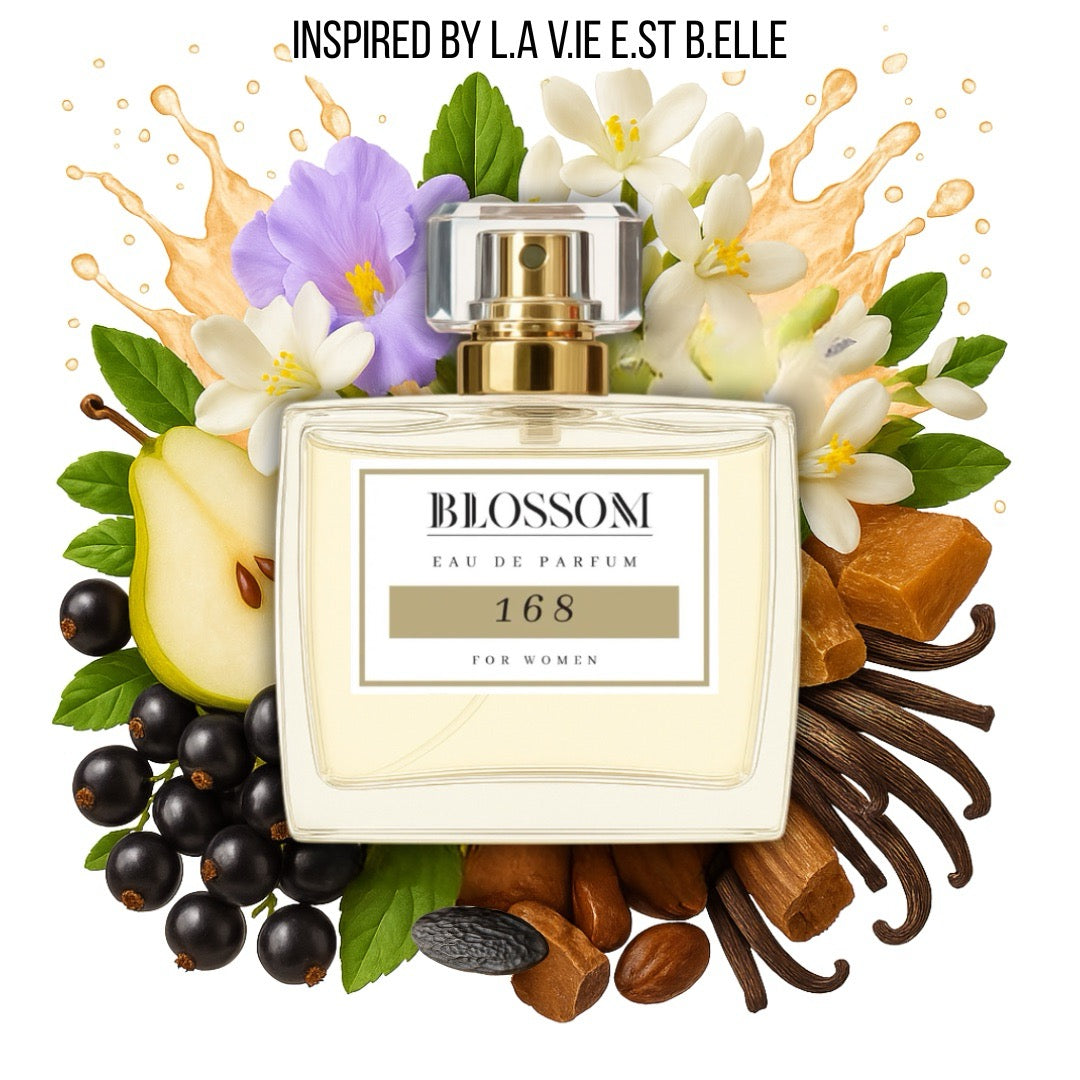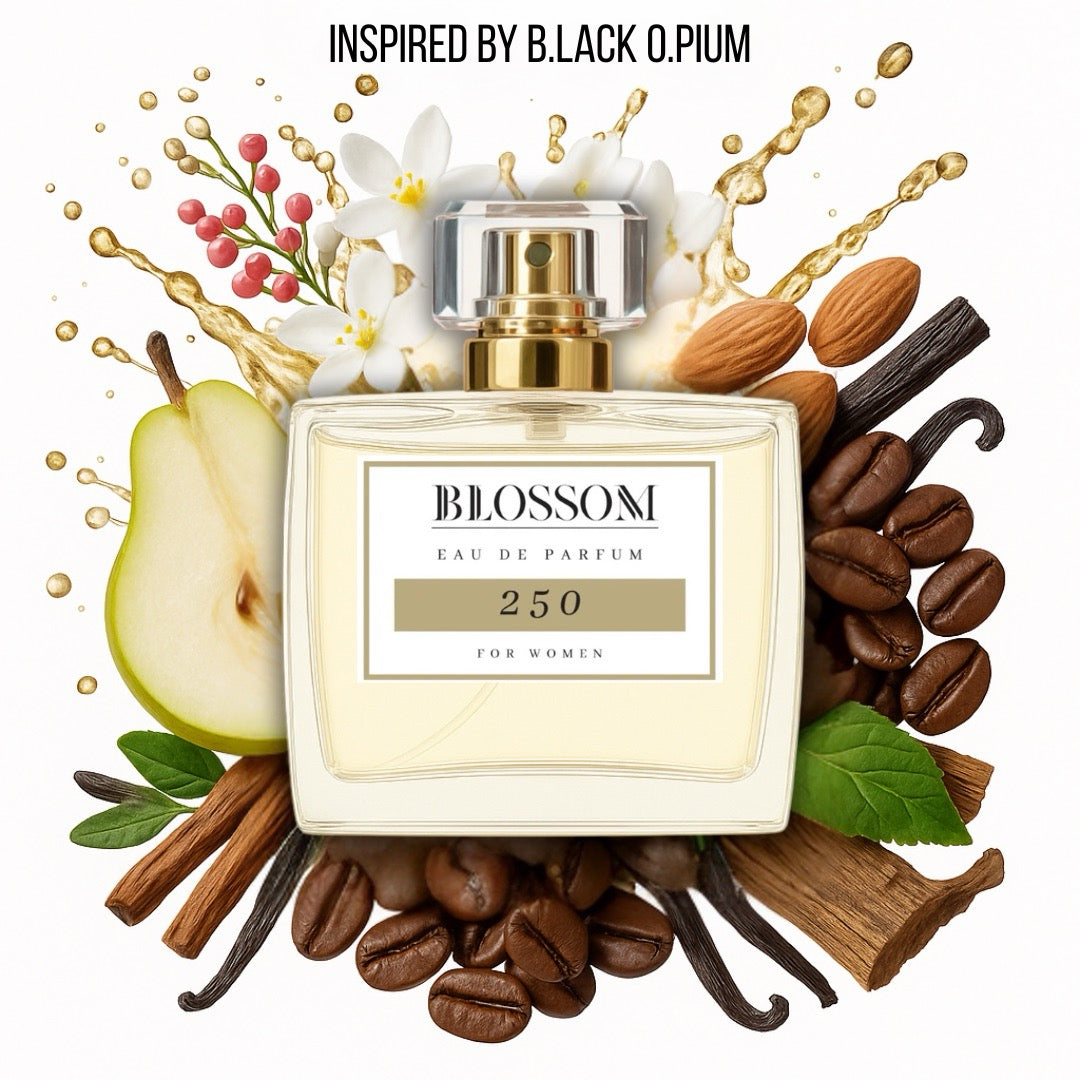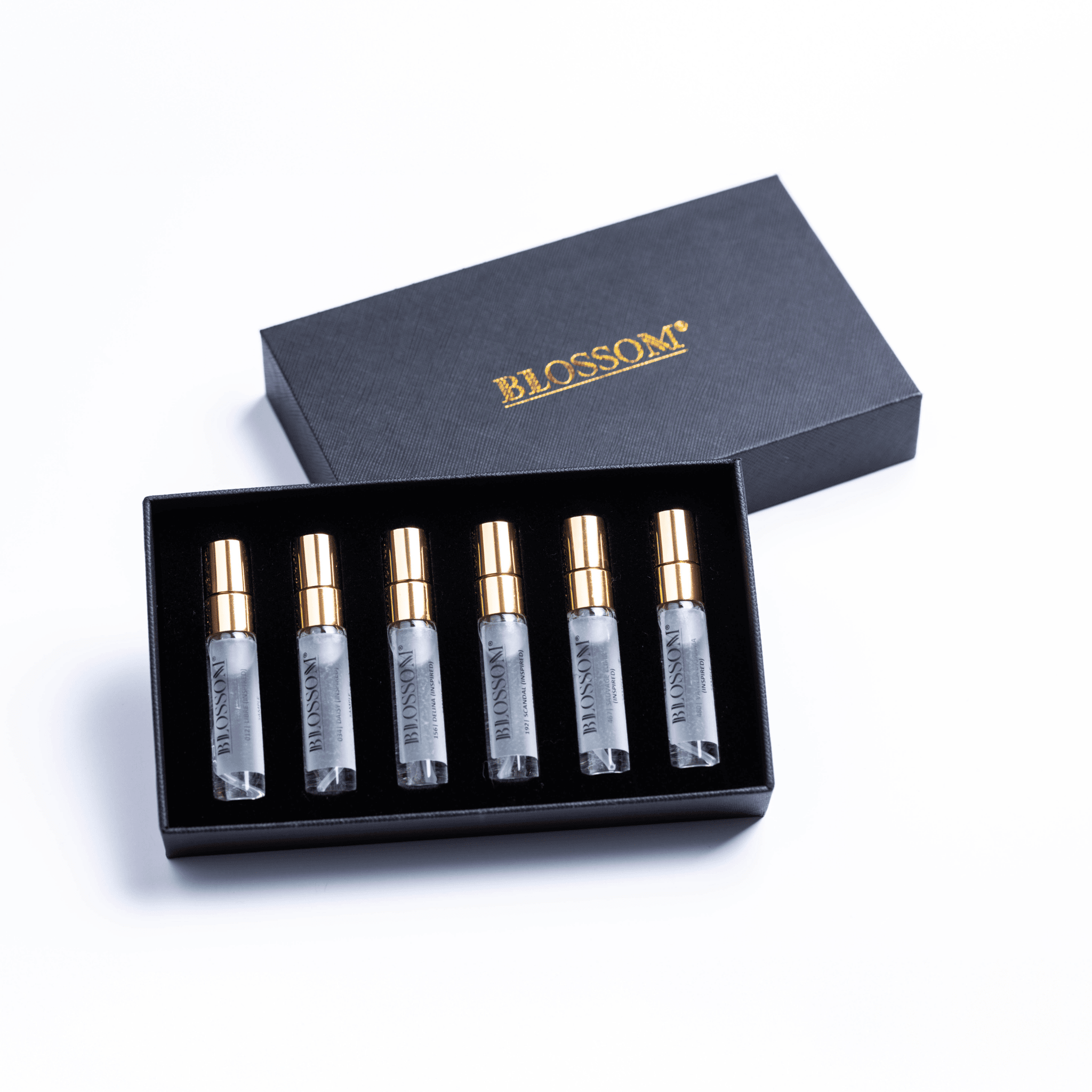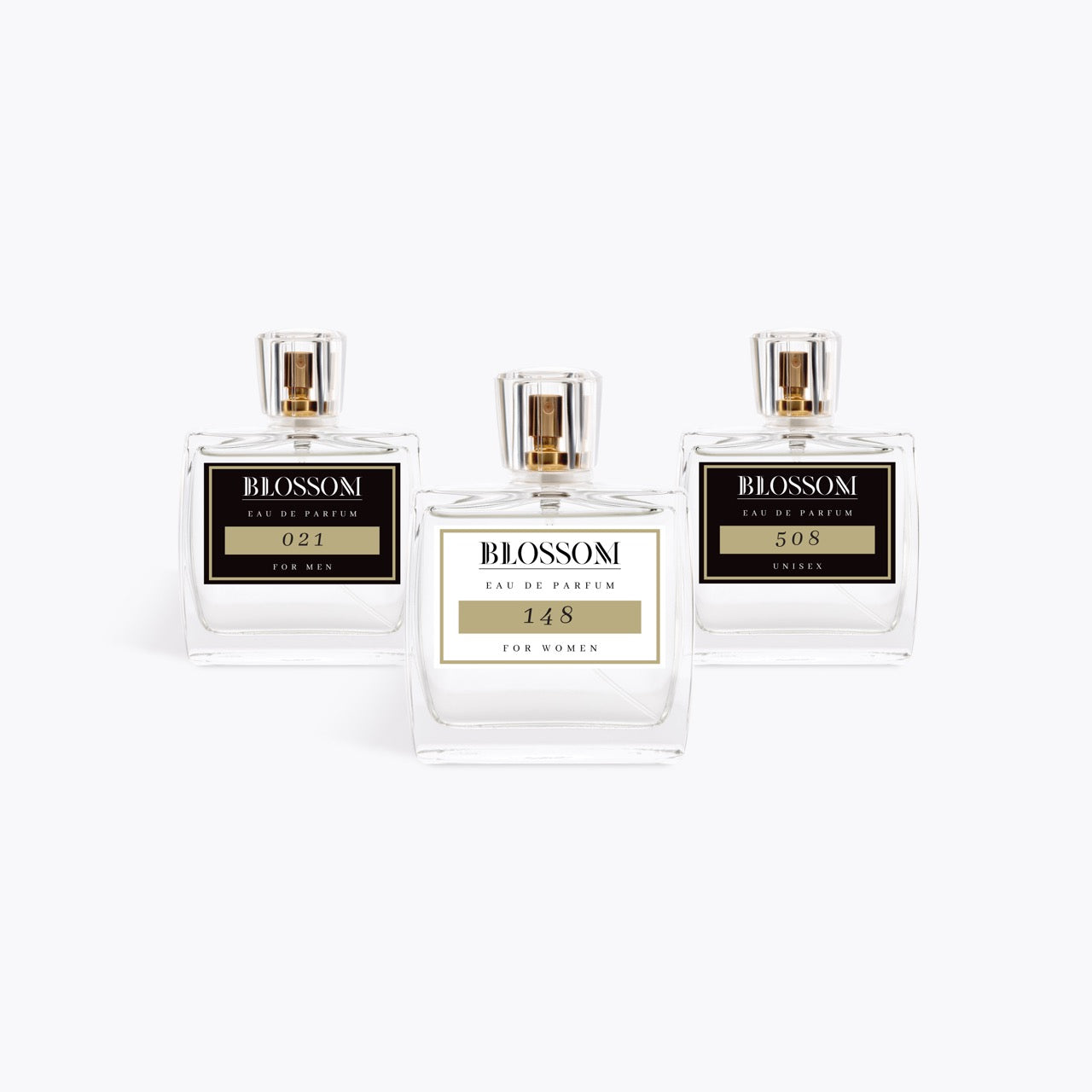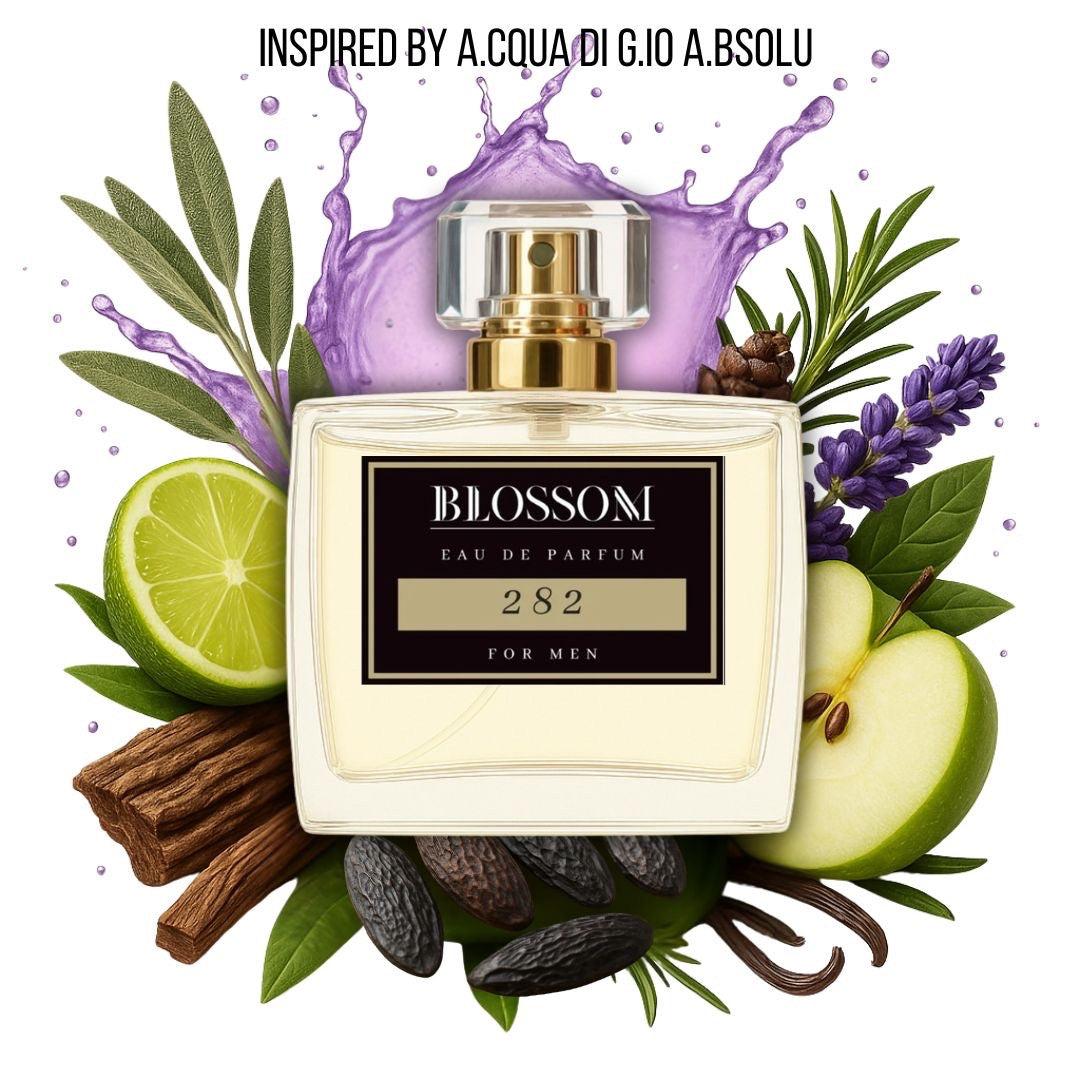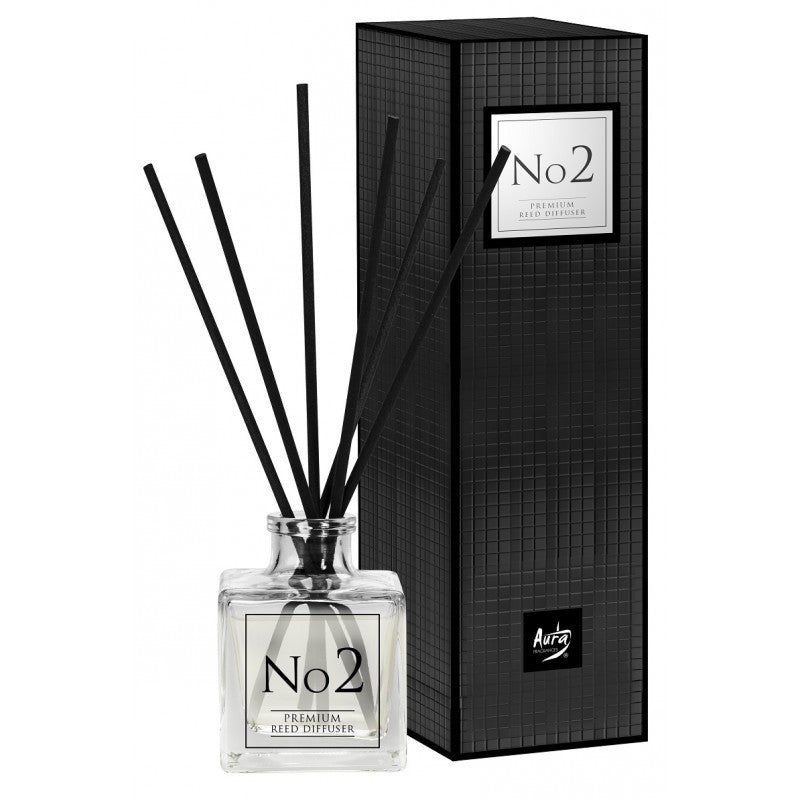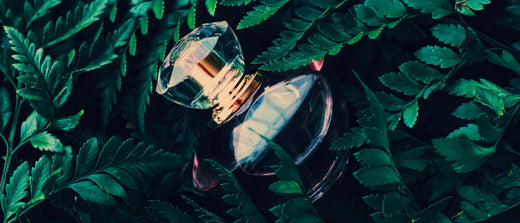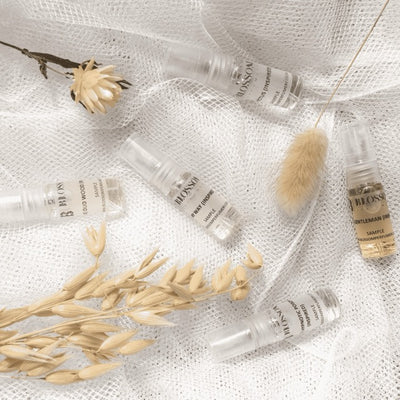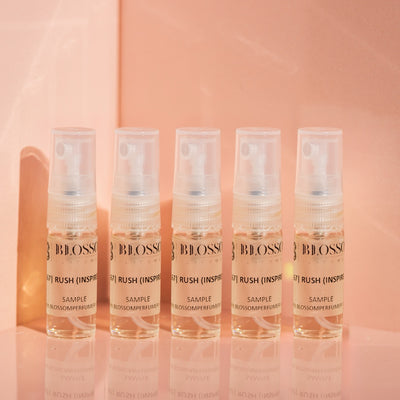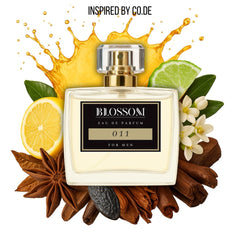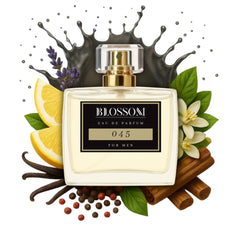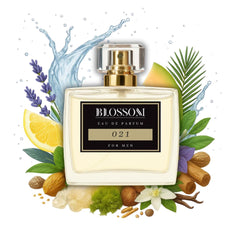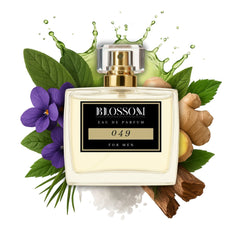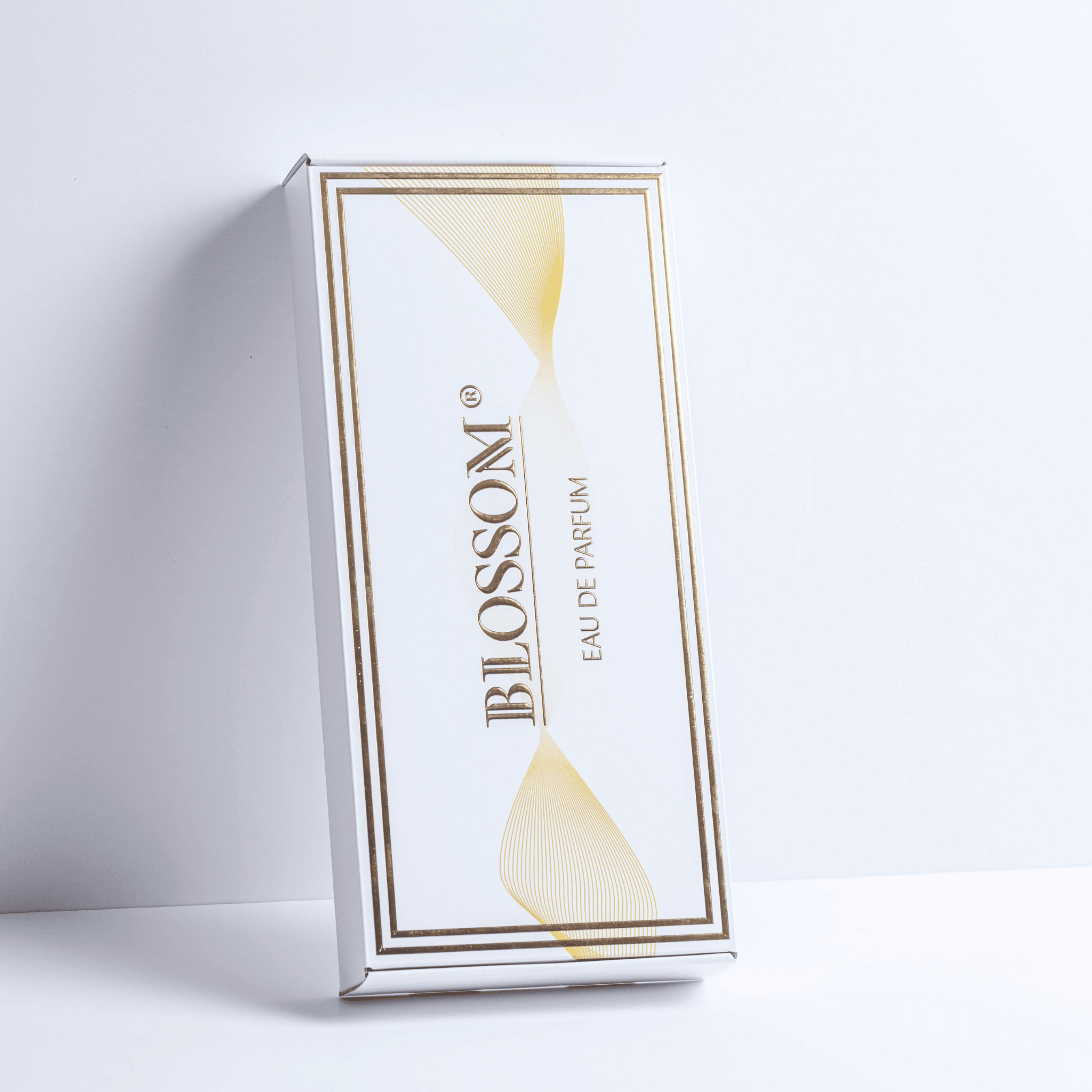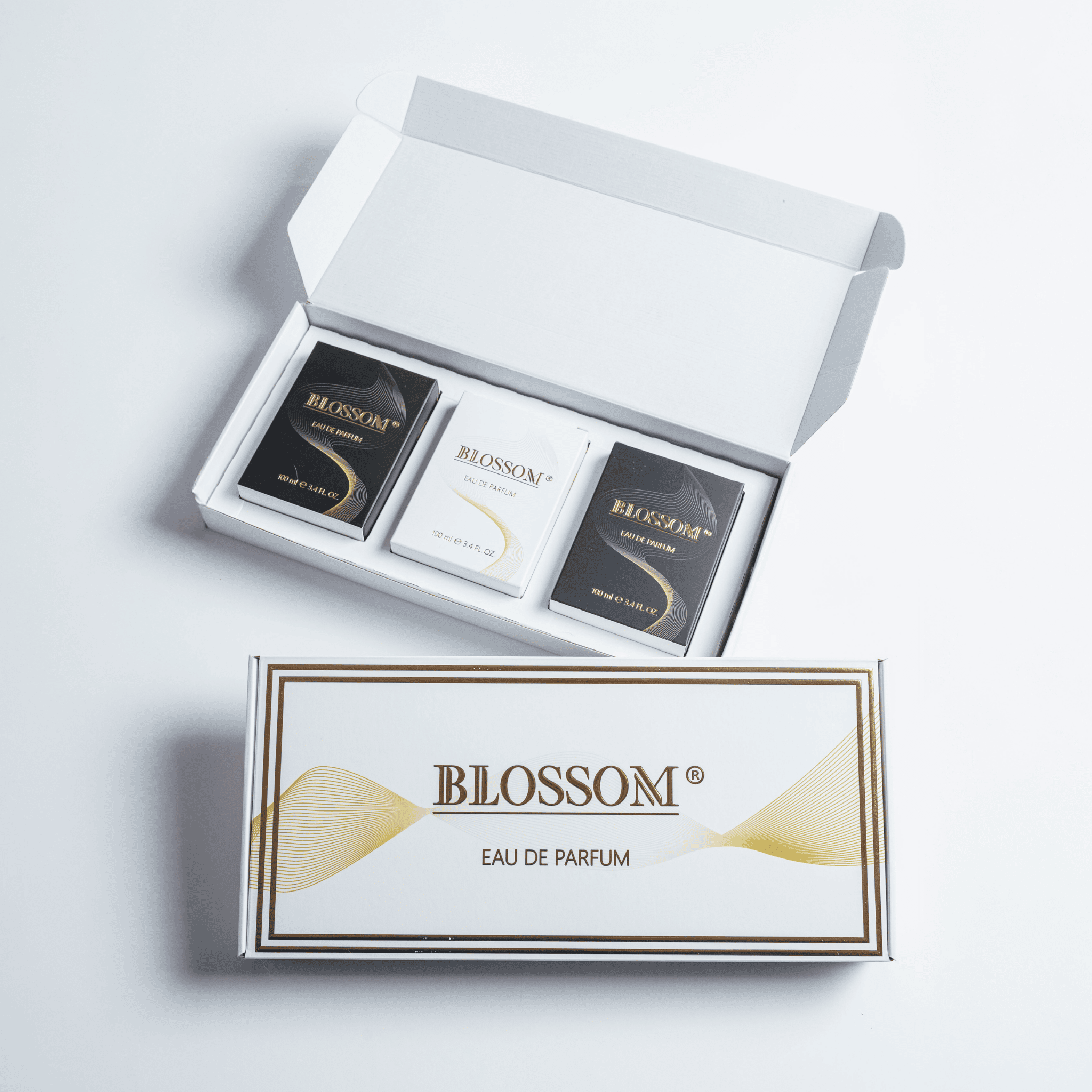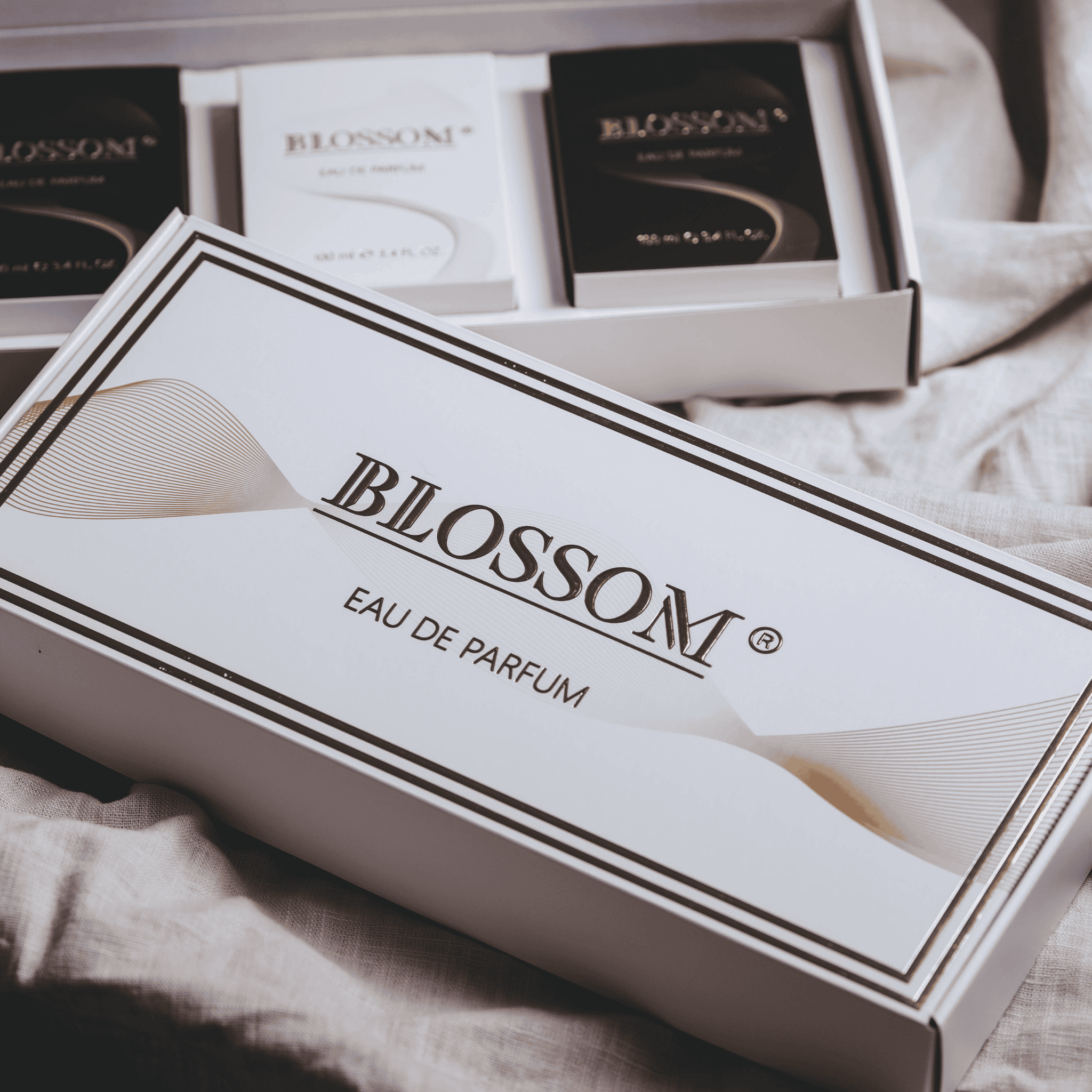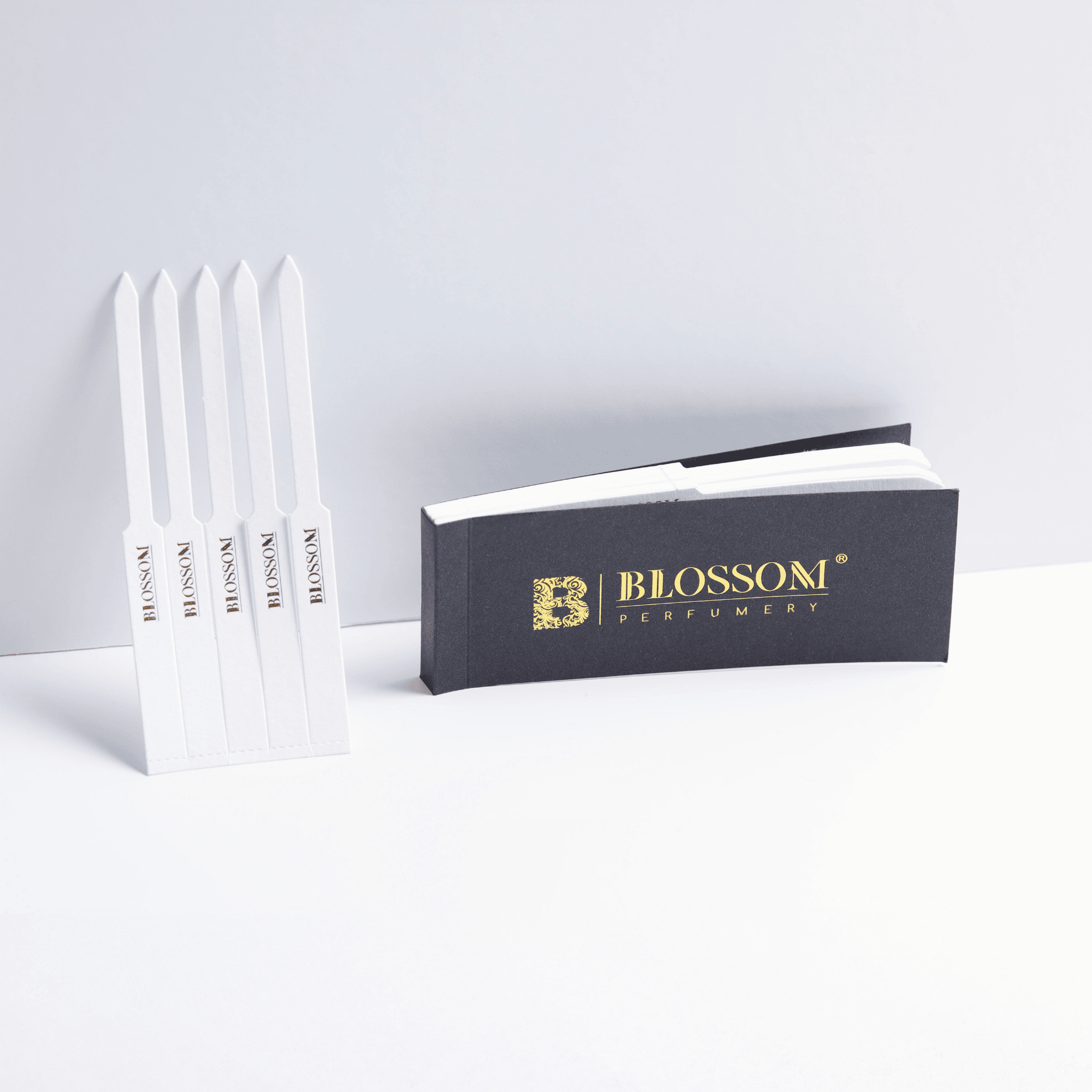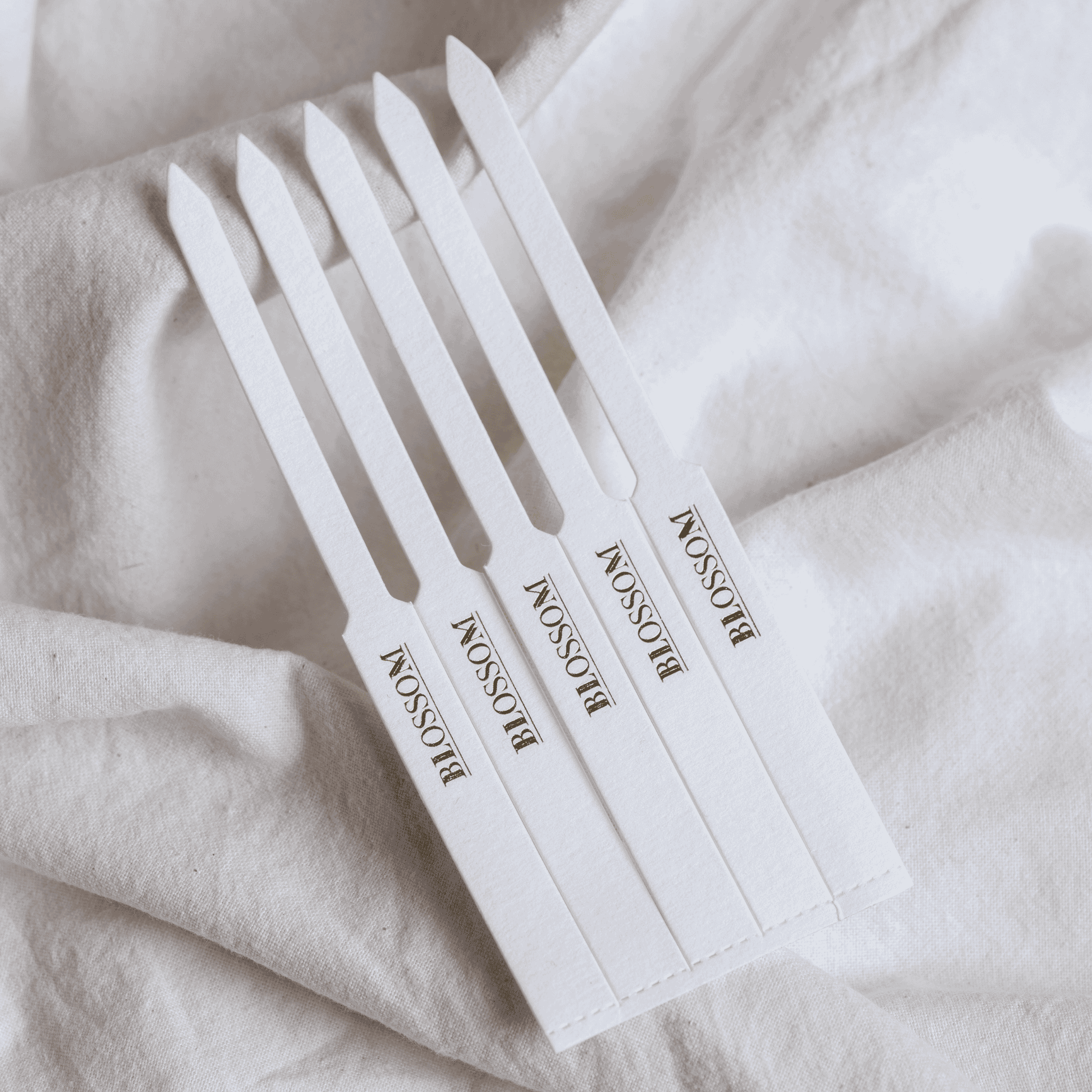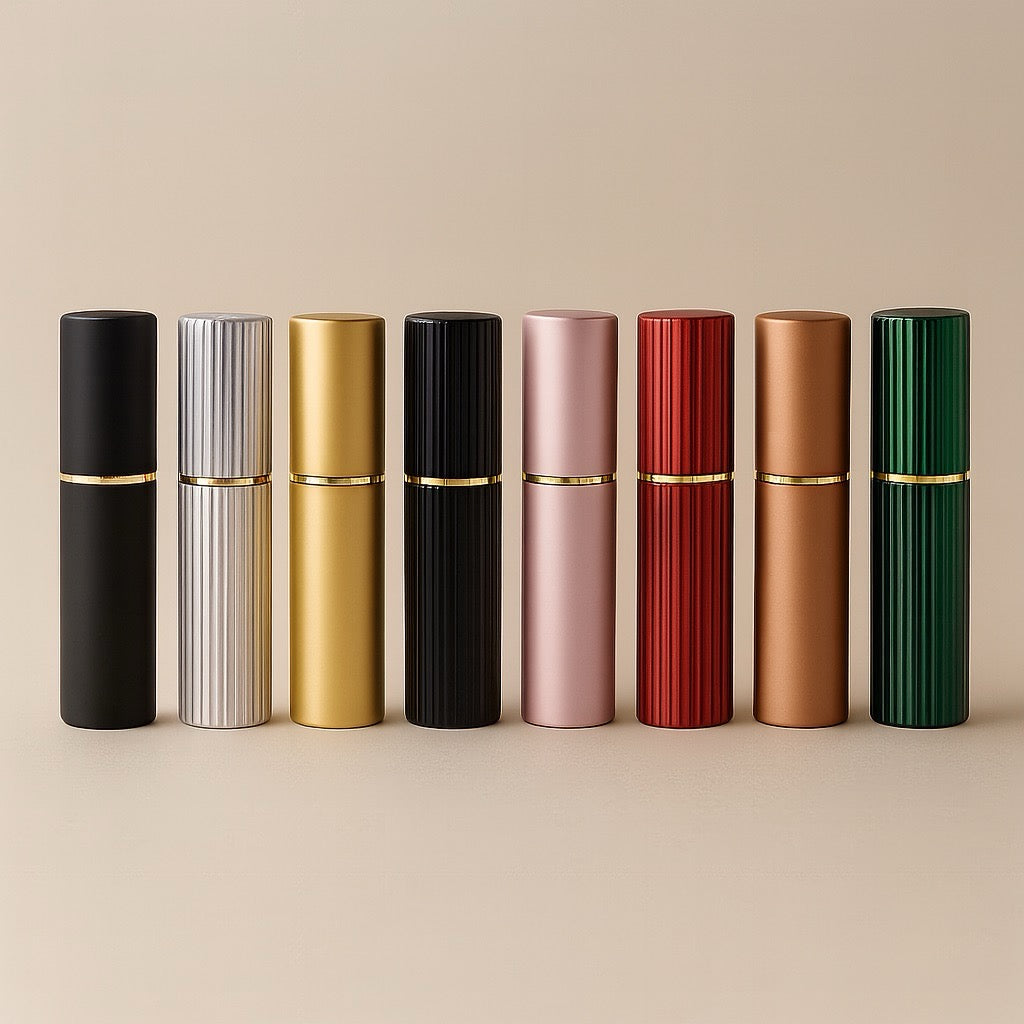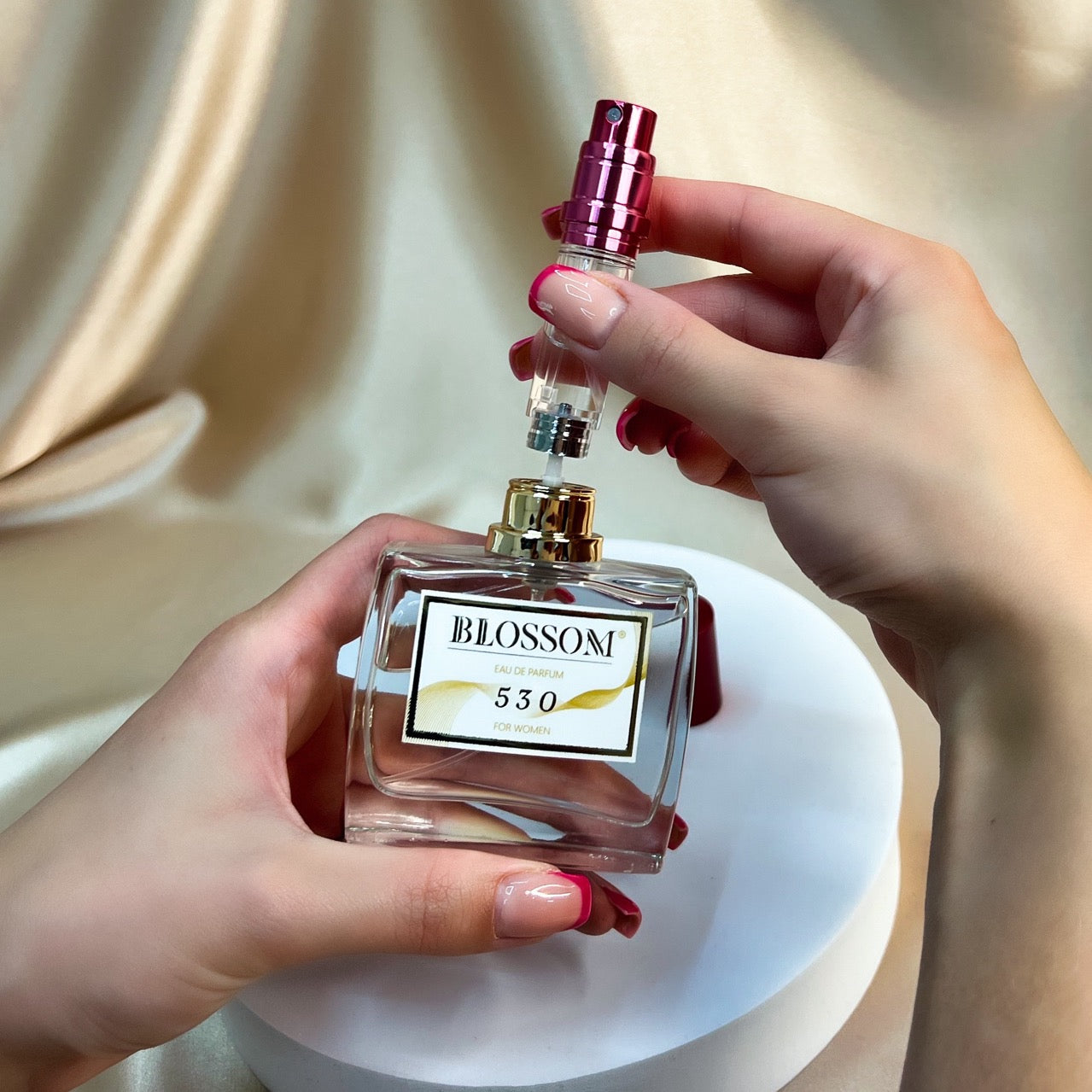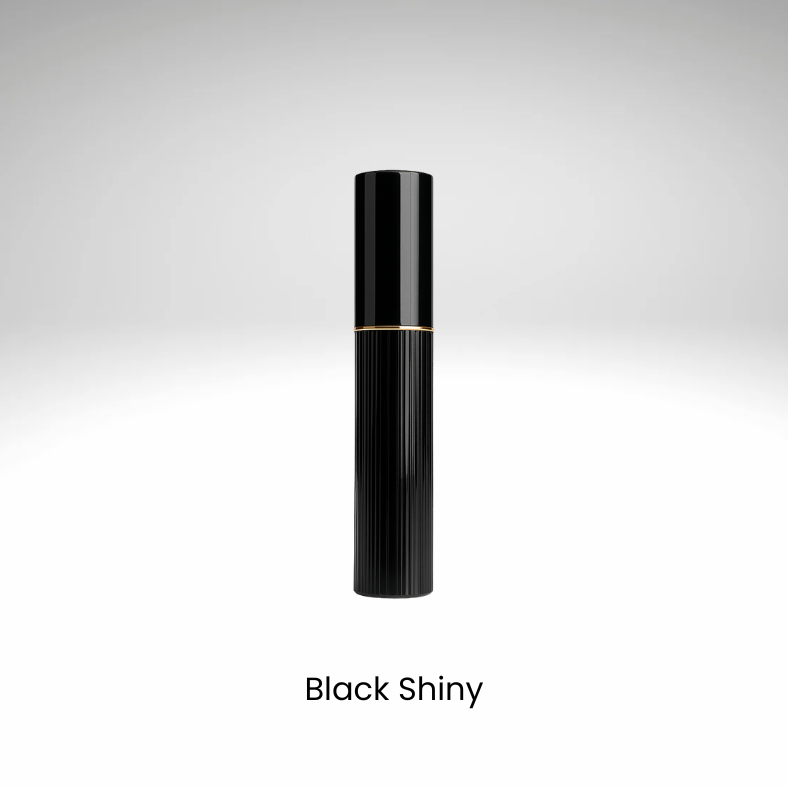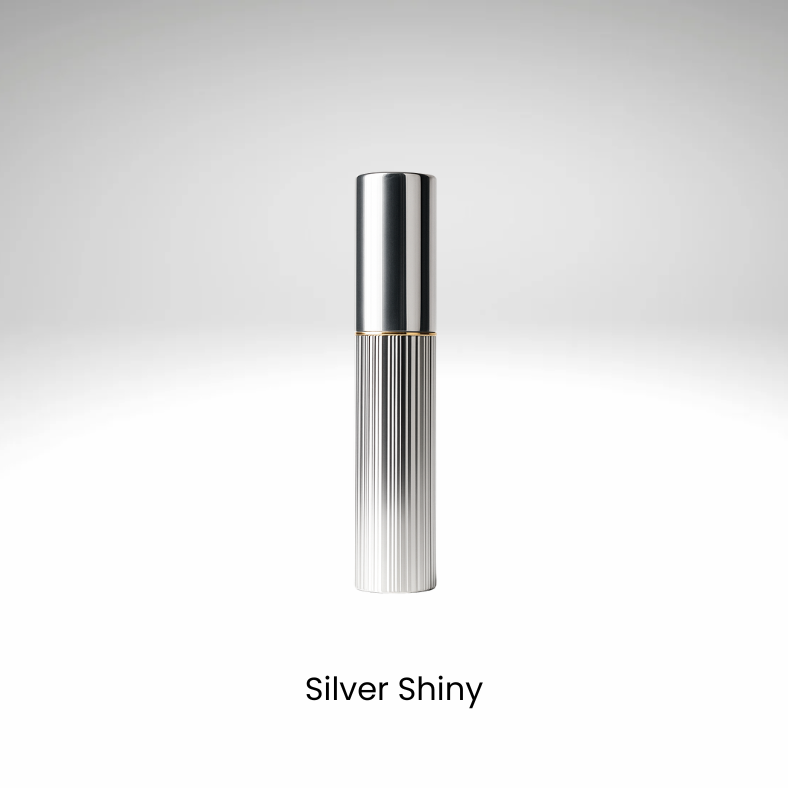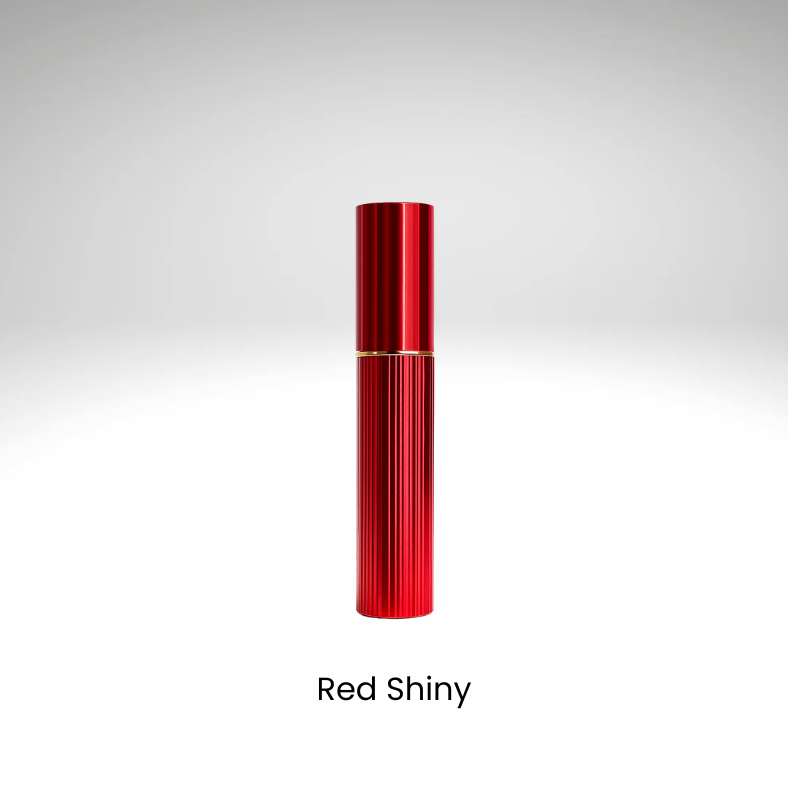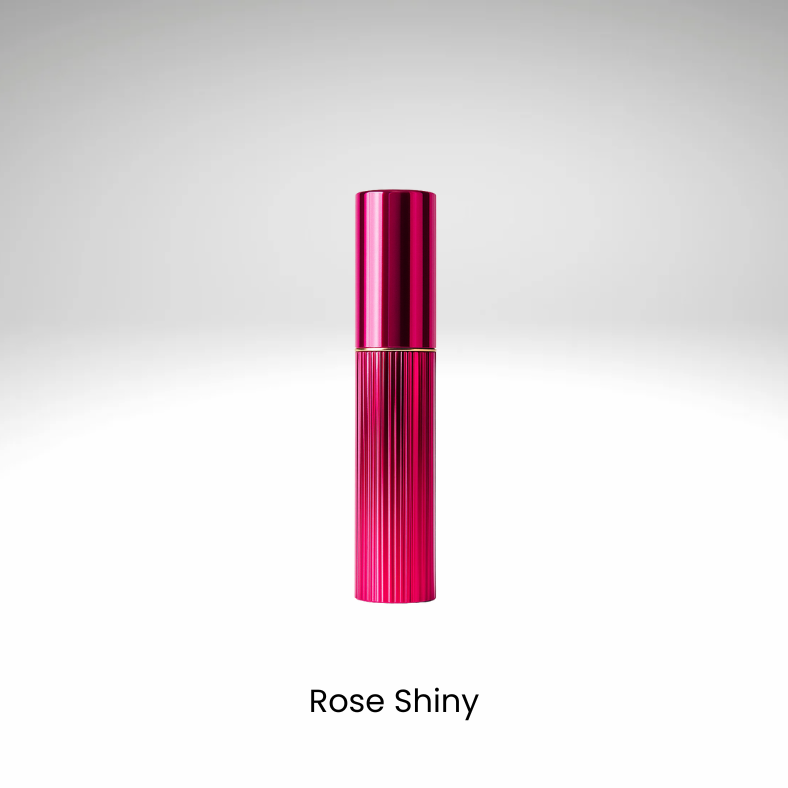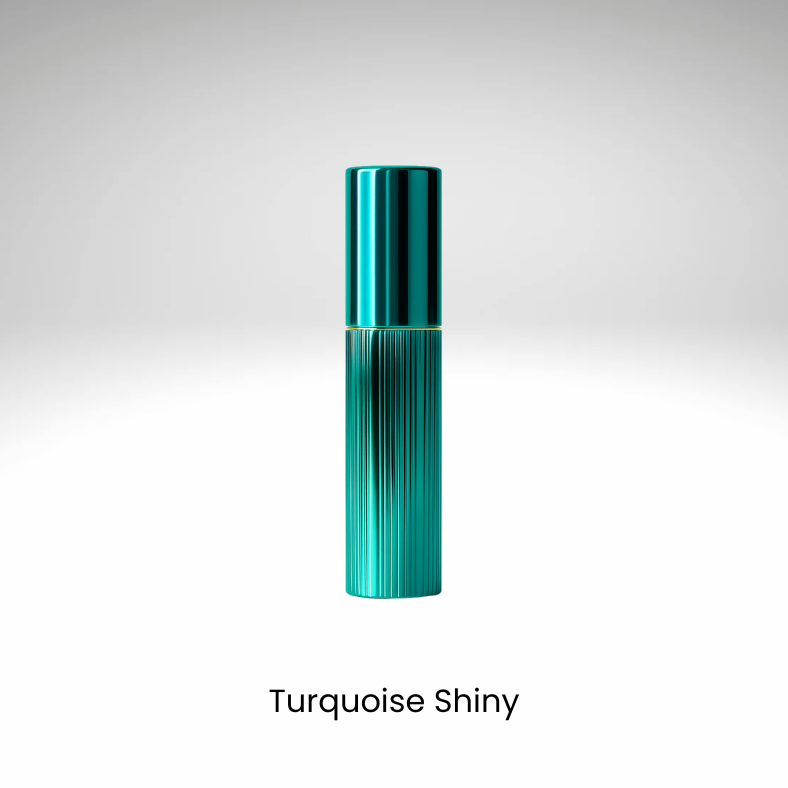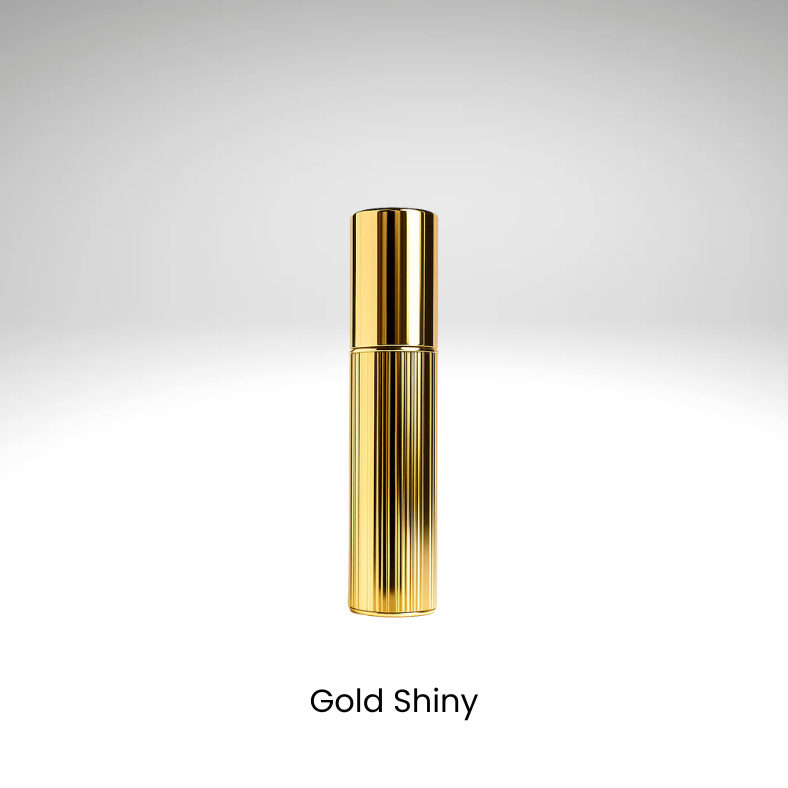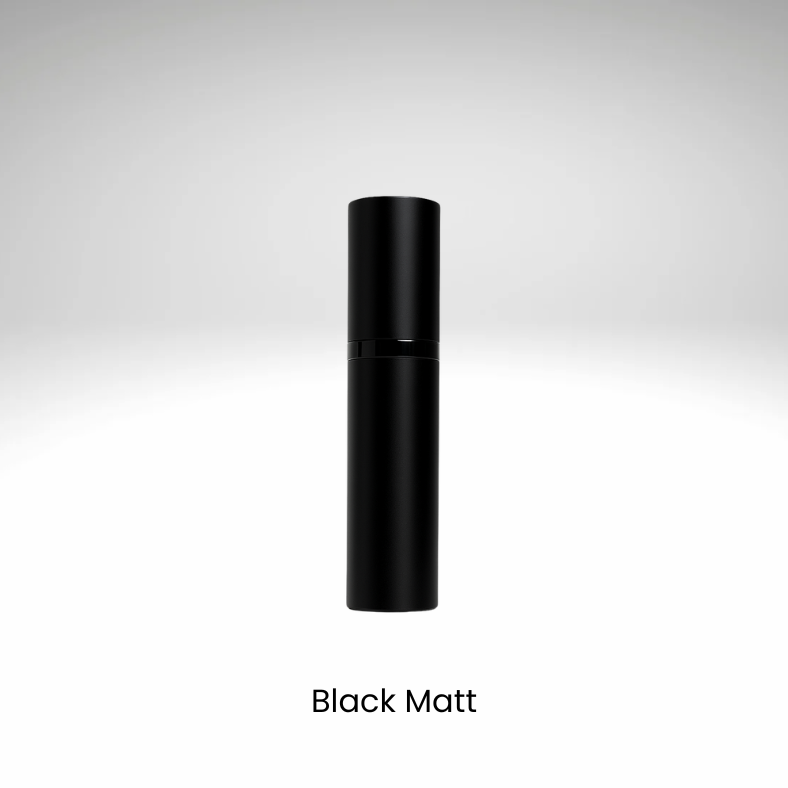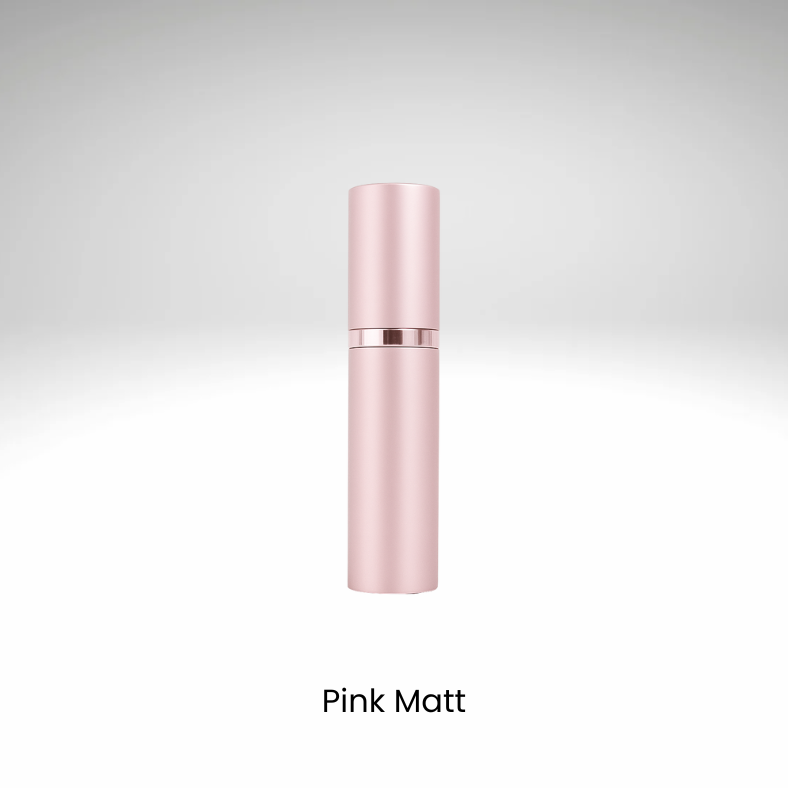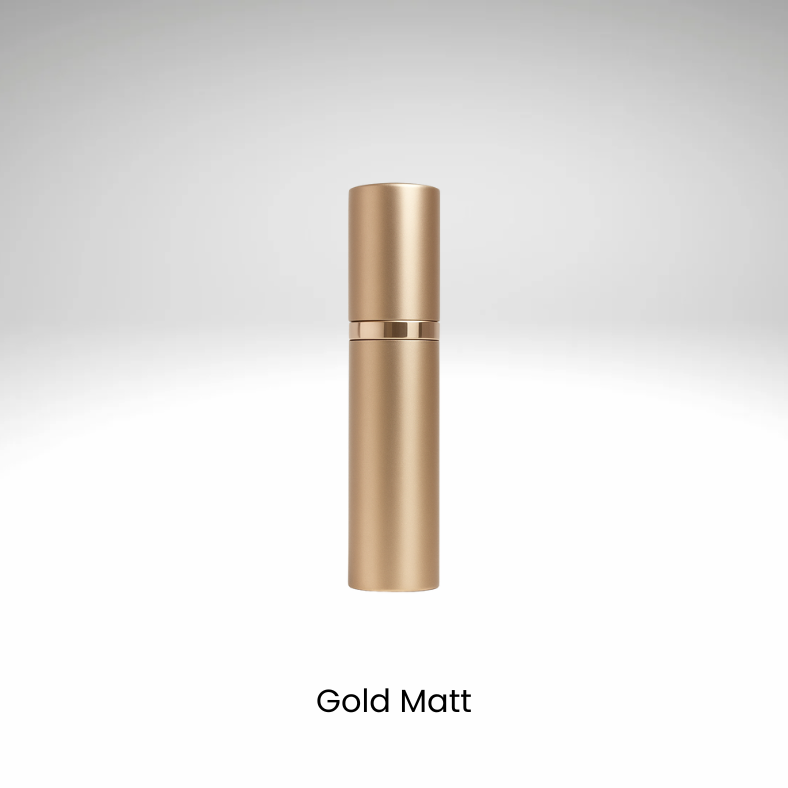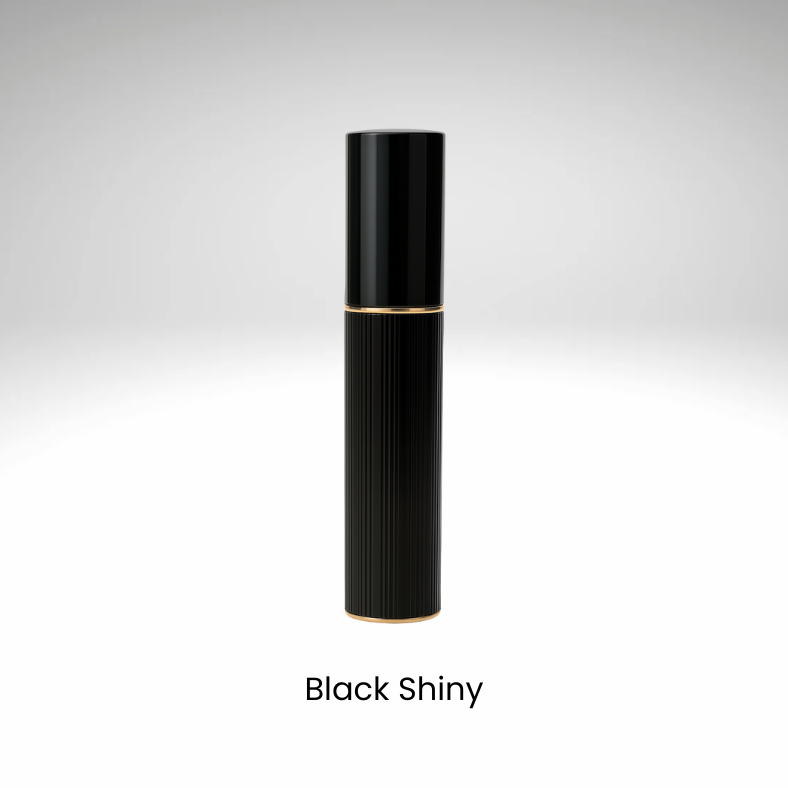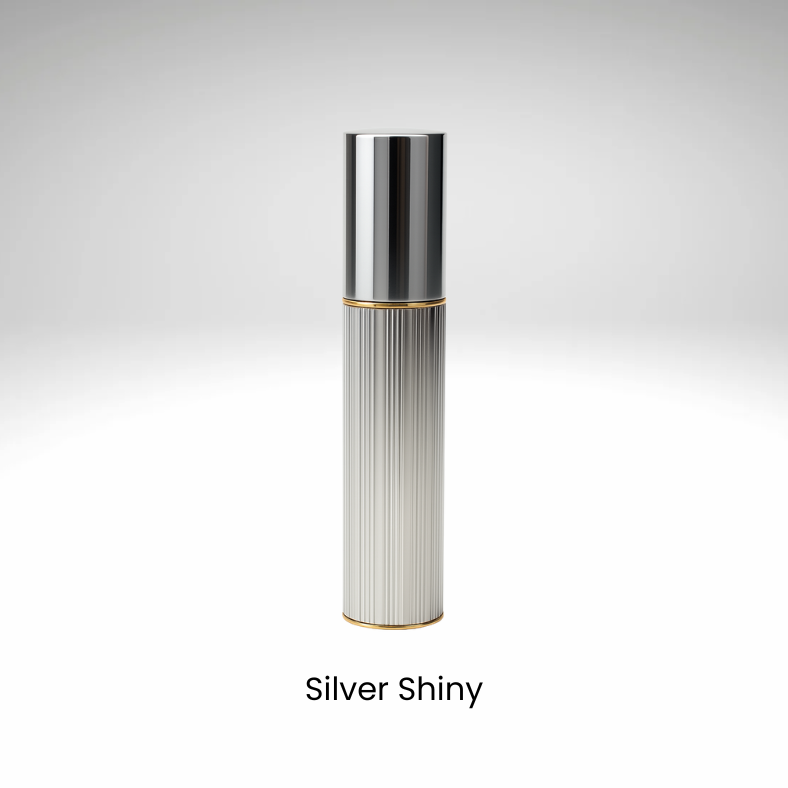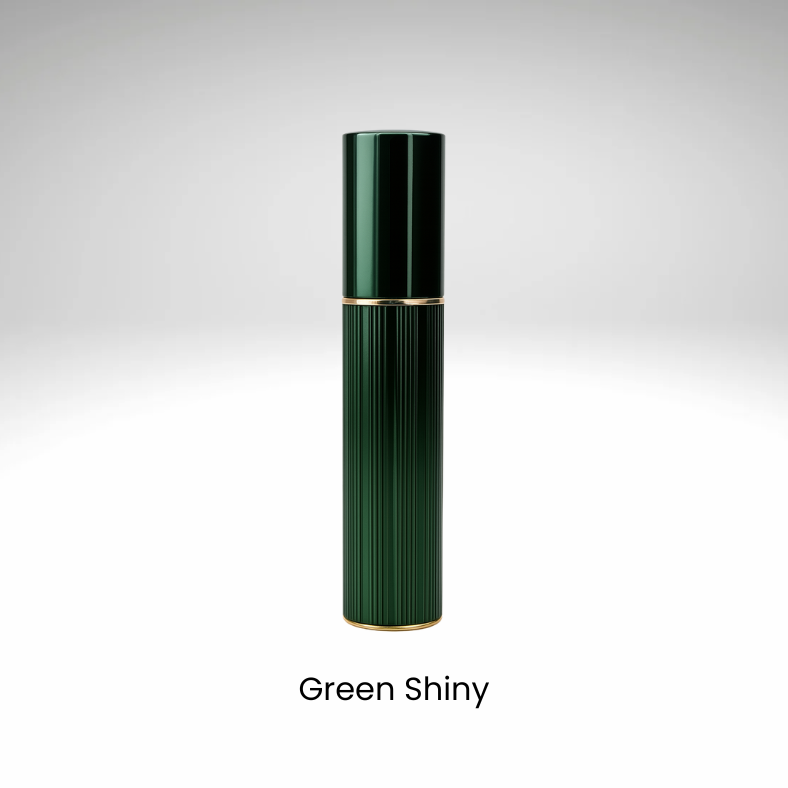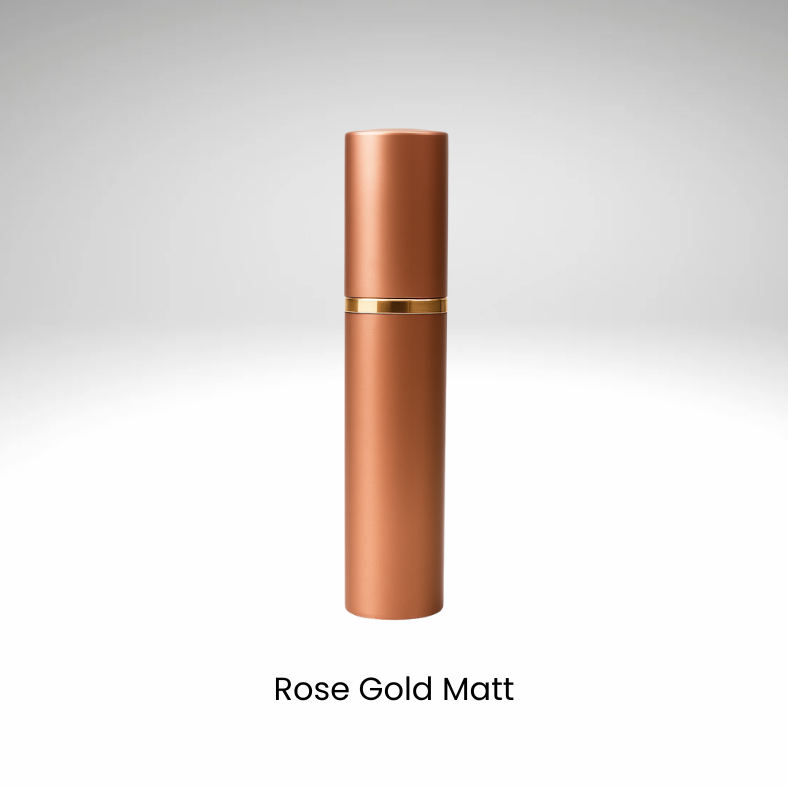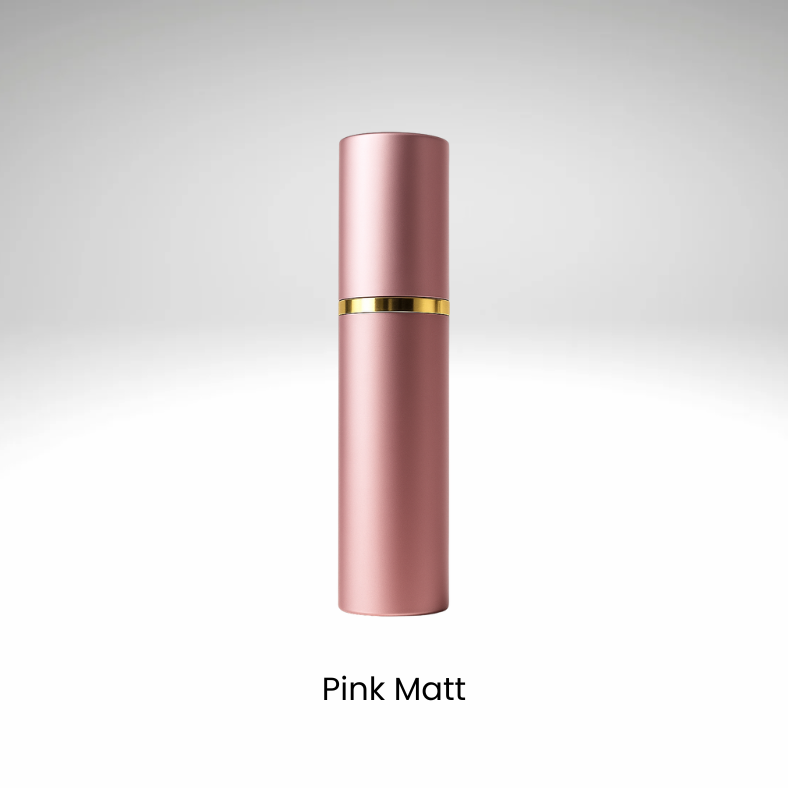Ever wondered why your favorite scent changes from a bright zing to a warm, cozy hug as the day goes on? That’s all thanks to perfume notes, which are the secret layers that make your fragrance come alive.
In this guide on perfume notes, we’ll break down how top, heart, and base notes work together to create that full scent story!
What are perfume notes?
Perfumes are composed of layers, often described as top, middle, and base notes. These layers unfold over time, creating a dynamic scent journey:
-
Top Notes: These are the first impressions: light, fresh or zingy scents like citrus, herbs or light fruits. They grab your attention immediately but evaporate quickly (in 5–15 minutes), setting the tone.
-
Middle (Heart) Notes: Once the top notes fade, the heart notes emerge. These florals, spices or greens form the core character of the fragrance and typically last a few hours. They bridge the bright opening and the deeper finish.
-
Base Notes: The final impression comes from rich, heavy molecules – woods, resins, vanilla, musk. They’re slow to develop but linger for hours (even all day), giving depth and warmth.
Base Notes
Base notes are the rich, heavy scents that give a perfume its lasting power and depth. They’re made of larger, heavier molecules that evaporate slowly, so you’ll still smell them hours after you first apply. Base notes round out the fragrance, adding warmth, smoothness, and a sense of “fullness” or body to the scent.
Common base note ingredients include:
-
Woody notes: Sandalwood, cedarwood, vetiver, agarwood (oud)
-
Resins & balsams: Amber, benzoin, labdanum, myrrh, frankincense
-
Vanilla & gourmands: Vanilla bean, tonka bean, caramel, chocolate
-
Musk & animalics: Musk (synthetic or natural), civet, ambergris (oramber)
-
Earthy notes: Oakmoss, patchouli, leather, tobacco
Mixing these ingredients is what keeps your perfume lingering on skin and clothing, long after the brighter top and middle notes have faded.
Heart Notes
Heart notes, often called the “heart” of a fragrance, are the scents you detect once the initial spark of the top notes settles down; they bloom a few minutes after application and can last for several hours, carrying the main character of the perfume.
These middle notes like rose petals, jasmine blossoms, lavender fields or spicy hints of cinnamon and nutmeg, tie the fresh opening to the deeper base, creating a smooth, balanced transition.
They’re usually made from ingredients that have moderate volatility: not so quick that they disappear in minutes, and not so heavy that they stick around all day, but just right to fill the space when the bright citrus or herbal top notes give way.
In many fragrances, the heart notes are floral or fruity, lending warmth and romance, though green or spicy elements are also common for a more energetic or exotic feel. Because heart notes form the core theme, they’re where a perfumer showcases creativity—layering different florals or adding unexpected twists like tea leaves, black pepper, or ozonic accords.
On your skin, this middle phase is when the perfume really “speaks” and reveals its personality, inviting compliments and lingering memories before the rich base notes take over.
Top notes
Top notes are the bright, zesty scents you smell the instant you spritz a perfume. They’re light, fresh, and designed to grab your attention right away. Think citrus fruits like lemon, bergamot or grapefruit, green herbs such as mint or basil, or juicy fruits like apple and pear.
These notes evaporate quickly, often within the first 5 to 15 minutes, so they give you that initial burst of energy and set the mood for what’s coming next. Because they’re made of small, fast-evaporating molecules, top notes can’t stick around long, but their job is to make a strong, positive first impression and to balance heavier ingredients that arrive later.
Perfumers choose lively, uplifting materials here to make you feel instantly refreshed and intrigued, before the heart and base notes smooth everything out into the full scent journey.
Psychological effects of top notes in perfume
Top notes do much more than just introduce a perfume. They give you an instant mood lift with bright, zesty notes like citrus or green herbs that wake up your senses and put you in a positive frame of mind.
Sharp top notes such as mint or ginger can boost alertness and help you focus, while clean, fresh openings create positive first impressions, signaling confidence and approachability.
At the same time, familiar scents like apple or basil can tap into pleasant memories (baking with family or wandering through a garden) and bring a comforting rush of emotion. Some top notes, like lavender or neroli, even have mild stress-reducing effects, offering a quick sensory reset when you’re feeling tense.
By gently stimulating your nose, they also prime you for the heart and base notes to come, keeping your sense of smell engaged so you can enjoy every layer of the fragrance.
Finding the right perfume a bit tricky? Discover your perfect match with us.
What is the most important note: top, middle, or bottom?
When you first spray a perfume, it’s the top notes that greet you. They are bright, fresh, and fleeting. They're like the opening lines of a great song: attention-grabbing and memorable. The top notes are what initially catch your attention, simply because they’re the first to hit the nose. But they’re not the whole story.
The real soul of a fragrance lies in the heart (middle) and base notes. The heart notes start to bloom once the top fades, revealing the true character of the scent. And then comes the dry down—the base notes that linger on your skin for hours.
These deeper, richer tones (like woods, musks, or resins) are what people will remember long after you’ve left the room. They’re the lasting signature of the perfume, and arguably the most important.
Ultimately, the most important note is the one that speaks to you. Whether you’re drawn to bold, confident scents or soft, comforting ones, your perfect fragrance should reflect your personality and the mood you want to carry with you. Some people love to wear powerful perfumes every day; others save them for special moments.
Matching Perfume Notes to Your Personal Style
Everyone’s style is unique, and your perfume should feel like a natural fit. If you’re all about fresh energy in the form of morning runs or beach days, look for fragrances with bright citrus or green top notes (like bergamot or mint) that mirror your active vibe.
For the romantics who love soft, flowery things, a heart of rose, jasmine, or lavender will give you that delicate, dreamy feel.
If you’re drawn to warm, cozy moments, curling up with a book or enjoying a quiet night in, lean on spicy or gourmand blends. Cinnamon, vanilla, or caramel in the middle and base will wrap you in a snug, comforting hug.
And for those who prefer a bold, confident edge, woody and resinous base notes like cedarwood, oud, or amber bring depth and mystery. Mix and match until you find the combo that feels like “you”, and don’t be afraid to switch it up for different moods or occasions!

